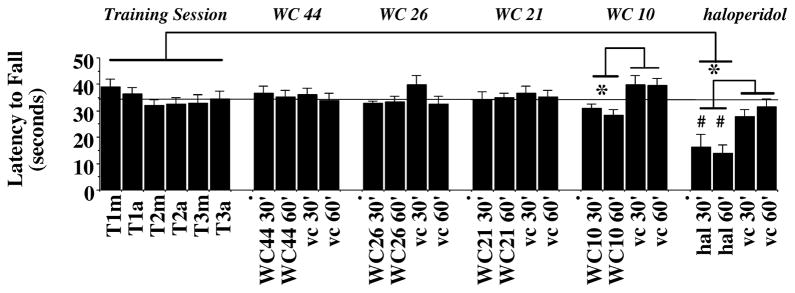Figure 15. Rotarod evaluation of WC Series Compounds.

A rotarod apparatus was used to assess the effect of the WC series compounds on motor coordination and agility of unilaterally lesioned rats in the presence or absence of test compound. The data is presented as the mean amount of time the animal remained on the rotarod before falling (Latency to Fall; in seconds) ± S.E.M. The acceleration conditions for the rotarod test were 0 to 44 rpms in 90 seconds. This experiment was performed on 13 consecutive days. Days 1 through 3 were training sessions that were conducted either in the morning or afternoon (T1m through T3a, respectively). After the training session was completed, lesioned rats were administered a test compound (i.p.) at a dose equal to the IC50 value for the inhibition of total AIMs score and evaluated at 30 minutes (30′) or 60 minutes (60′) post drug administration: a) agonist WC 44, 5.5 mg/kg, day 4 (WC44 30′ and WC 44 60′), b) partial agonist WC 26, 5.8 mg/kg, day 6 (WC26 30′ and WC26 60′), c) partial agonist WC 21, 3.8 mg/kg, day 8 (WC21 30′ and WC21 60′) and d) antagonist WC 10, 6.6 mg/kg, day 10 (WC10 30′ and WC10 60′). Haloperidol (hal) was included as a positive control (5 mg/kg, day 12 (hal 30′ and hal 60′). On the days following the administration of test compound (days 5, 7, 9, 11 and 13), the appropriate matched vehicle (vc) was administered and animals were evaluated at 30 minutes (30′) or 60 minutes (60′) post vehicle administration (vc 30′ and vc 60′). An ANOVA with repeated measures was used for the statistical evaluation of the data using Systat software. An asterisk (*) indicates significance (p ≤ 0.05) when comparing the effect of the mean values for the test drug to either a) its matched vehicle control or b) the mean of the training sessions. A number symbol (#) signifies significance (p < 0.001) for the comparison of the values for the test drug (here haloperidol) compared to values for the matched vehicle control. The dotted line parallel to the x-axis is the mean value (34.60 seconds) for the training session.
